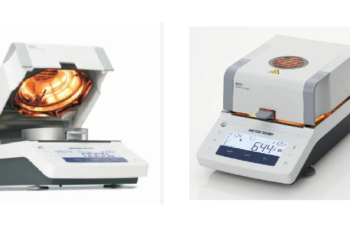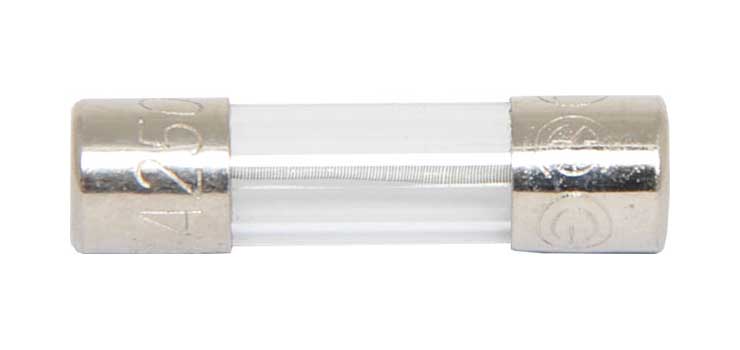Laser cutting is a material-cutting technology that uses an intensely focused and coherent stream of light to cut metals. It’s a subtractive process that removes materials during the cutting process using vaporization, melting, and chemical ablation.
While scientists have created lasers that use diamonds, their motives are, thankfully, not evil. That’s because they have created a next-generation laser with interesting capabilities.
Researchers have succeeded in using diamonds to concentrate a flash of light into laser technology. They have demonstrated that a laser built with diamonds has comparable efficiency to a laser built with other materials. The incorporation of diamonds may have been done before. However, no one has ever done it with so much brilliance.
The diamond laser technology has enough power to cut through glass. Note that synthetic diamonds are good thermal conductors and can remove heat from a laser cavity much faster and more effectively.
This feature means that the diamond can be used to shift the wavelength emitted by the laser. This allows scientists to access new wavelengths or colors that are hard to produce by other methods.
Cutting Glass With Laser Technology Using Diamonds
Glass cutting is a technology used to weaken the glass structure along a score line that can be broken when force is applied. This separates the glass into sections along the score line. Regardless of the application, the cutting of glass is the same.
The variations in the process are always in regard to the size of the sheet of glass amd the thickness. The important part of cutting glass is scoring a line of weakness that’s created in the glass and can be manipulated.
A well-cut scoring makes it easy to separate the sections of glass. After the separation, the edges of your glass can be sanded, shaped, and smoothed.
Let’s now find out how diamonds use laser technology to cut glass.
- Fissure
When the cutting wheel crosses the glass surface, it fractures the surface to create a fissure. Even after rolling the wheel over the glass, you may not be able to see the fissure as it is nearly invisible. It can, however, be seen by looking into the glass and seeing a continuous band of reflected light.
The important factors when cutting the fissure are the force and speed at which it’s completed. The amount of force is defined as the amount necessary to create the fissure. This can happen without crushing the glass surface. If the score becomes a white gritty line, it means that the amount of force has been exceeded.
Note that the application of force needs to be uniform. This must be the case throughout the length of the score to create the correct fissure and to avoid crushing the glass. Remember that the variations in the force lead to various depths in the fissure, which can negatively affect the breakout.
- Cutter Wheel Angle
There are countless numbers of cutter wheel angles. That makes it difficult to determine the exact one for the cutting job. Most of the cutters have an angle between 120o and 124o. This is good for glass with a thickness of 0.063 inches to 0.093 inches.
Flaking is common with any angled cutter. However, it can be avoided by oiling the score line or by using a cutter with an oil reservoir. Avoiding flaking is very important as it affects the characteristics of the fissure. This can cause chips during the breakout.
- Breakout
Before you begin the breakout, it’s vital to tap below the score line. This will ensure that you carry the score completely through the fissure by using a roundhead copper or polyurethane paper. In some cases, this process creates the breakout if the score is exceptionally clean. Keep in mind that tapping blows must be right below the score line.
The breakout must be started where the score ends. For better and easier control of the breakout, an anvil can be used with cut running pliers. The breakout must be done slowly and carefully as that will help to avoid excessive bending.
The crucial part of the breakout is maintaining the smallest possible angle regardless of the methods used. You can use nipping pliers to break out narrow strips along the edge of the sheet. Cut running pliers have jaws specially designed to institute the breakout at the edge of the sheet. Grozing pliers do the nibbling and shaping of corners and edges.
- Cutting
You must ensure that before cutting, the glass surface is cleared and cleaned along the line of the cut. As the glass cutting tool gets applied, its wheel must roll smoothly, evenly, and freely. This must happen as it makes direct contact with the glass to produce a proper fissure.
Note that any fragments in the path of the wheel can weaken the fissure. When glass gets shipped, it gets covered in powder for protection. This must be removed before the cutting begins. Cleaning along the line of the cut with any kind of cleaner helps to get rid of the protective powder.
Always remember that the fissure can only be scored once. That’s because multiple scorings of the glass can cause the glass to crack and break. Note that cutting glass is a delicate process that must be performed with the greatest amount of care.
- Cutting Surface
The type of work surface is the critical aspect of the glass cutting process. As such, you must ensure that it’s carefully selected.
In professional cutting, optimum surfaces are prepared and designed for the completion of cutting. The best cutting surfaces are firm, flat, and free of any kind of dirt, debris, chips, or any form of imperfections. The surface must be sturdy, durable, resilient, and capable of withstanding the force that comes with cutting.
The application of the cover material on the cutting surface should not be more than 0.0625 inches or 0.16 centimeters thick. Note that a thicker surface will interfere with the cutting process. A grid-cutting surface is recommended. That way, as the glass gets cut, silver and chips fall into the grid cells.
Conclusion
When it comes to the cutting of glass, there are many ways through which you can make it happen. Despite there being simpler methods like using a glass cutter, when it comes to precision, laser cutting is preferred.
Cutting glass using conventional methods works. However, complex shapes can’t be cut without significant time, effort, and wasted materials.
In contrast, laser cutting glass can be done as easily as cutting plastic. But the kinds of devices that can be used to cut glass are fewer and more costly. As a result, there is limited consumer-level access.
But as technology improves, newer and faster ways of cutting glass keep entering the market. Diamond-gritted bandsaws are now widely used in making curved cuts into thicker and harder glass.
That was it for this article. If you found it helpful, consider checking out our blog Techubinfo.com











Discussion about this post